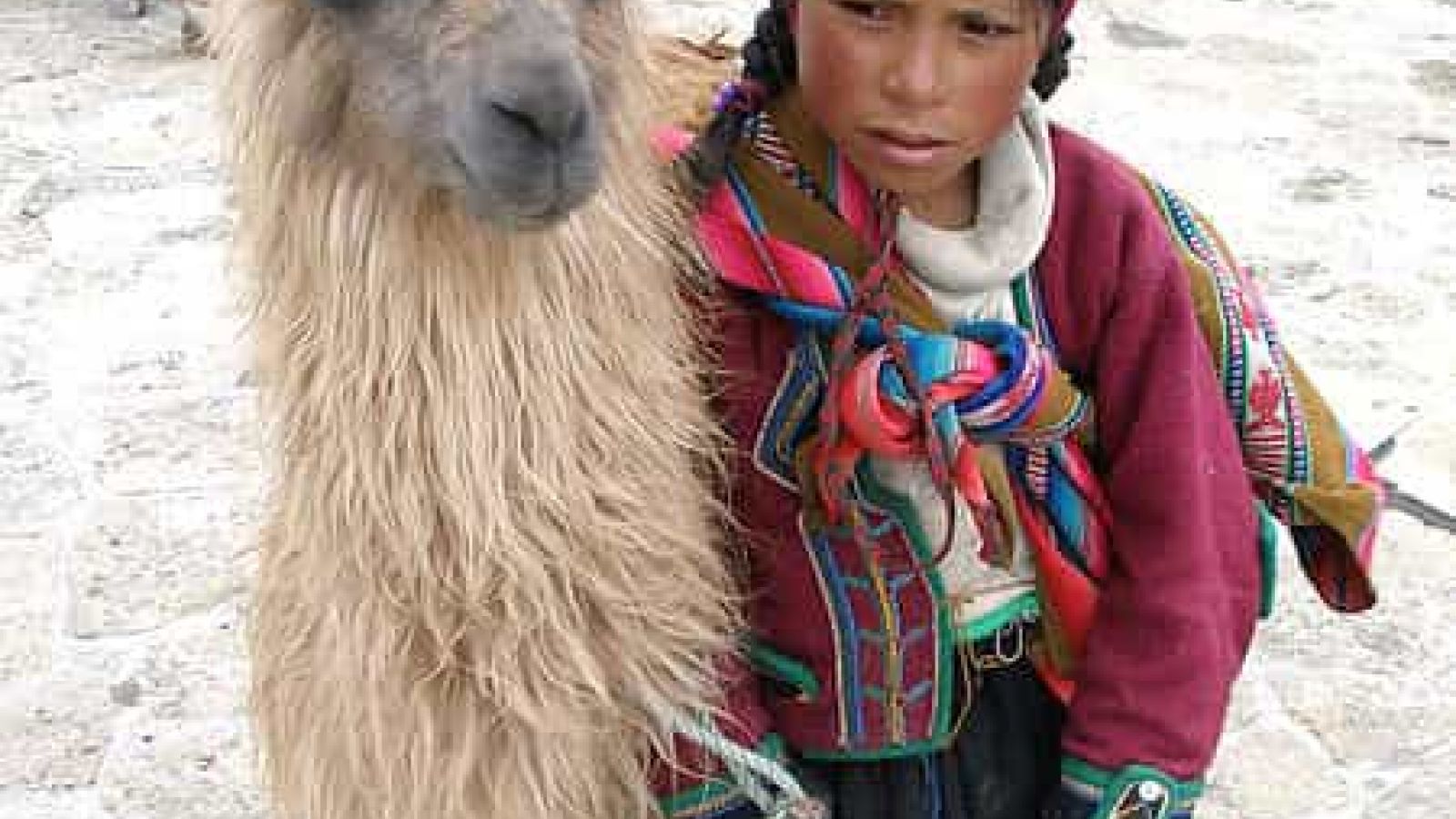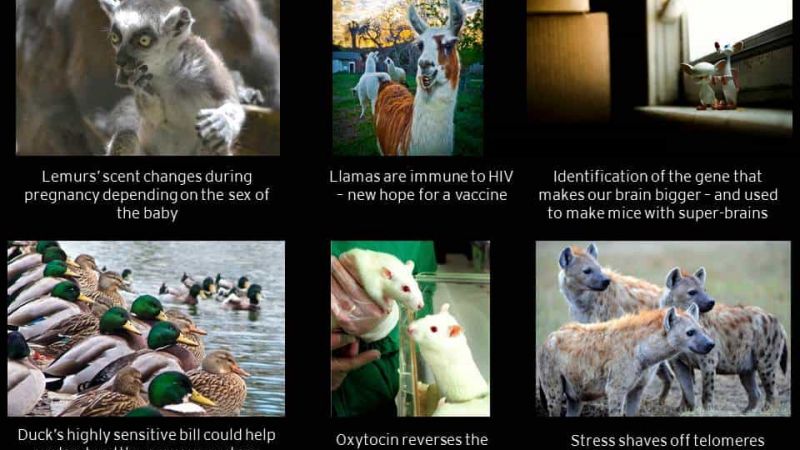Llamas spit, kick, bite … and may help scientists develop a cure for AIDS. According to recent research, llamas have a secret weapon that might just be the answer to treating the HIV infections that would otherwise lead to AIDS. As of 2011, there were 33 million people infected with the virus globally, and numbers keep climbing. Currently, no vaccine exists and the treatment in place doesn’t cure AIDS but instead provides relief from its symptoms and delays it progression.
HIV evades the human immune system but not llama antibodies
During an infection, the body reacts by activating its immune cells and releasing antibodies to neutralise the invading agent. Vaccines help prepare the body, so it can react faster and more effectively to a pathogen invasion.
Many other known neutralising antibodies target the docking point of the virus onto immune cells, preventing the virus from binding to and entering the cell. However, the binding site is present in a narrow groove that most antibodies can’t reach.
Llamas have special types of antibodies that are smaller and can “reach” places that normal mammalian antibodies can’t. These smaller antibodies do a better job of latching onto the receptors on the human cells that HIV vaccines hope to target. The combined four antibody types discovered in llamas worked together and were capable of neutralizing all 60 of the different HIV strains the scientists tested them against.
How to use llama antibodies in humans
Humans can’t produce the small llama-type antibodies but these could be produced externally and injected as a medical treatment. However, the safety and efficacy of these antibodies would have to be thoroughly tested before they could be used on humans, in case of a bad reaction to the external help.
One way of getting llama antibodies into humans without an adverse reaction would be by genetically editing them. It wouldn’t be the first time an animal antibody was genetically modified to be more “human friendly”. Recently, two Americans were given humanised mouse antibodies to fight Ebola. The humanisation process reduces the risk of cross-species reaction. Similarly, Herceptin, a common anti-breast cancer drug, is another humanised mouse antibody.
Llamas may hold the secret to a universal HIV vaccine in the shape of special small stealthy antibody fighters. More work needs to be done so these can be tolerated and effective in humans, but results are promising.
1. http://www.healthline.com/health-news/does-llama-blood-hold-the-key-to-an-hiv-vaccine-121814#3
2. http://scienceblogs.com/lifelines/2015/01/02/how-llamas-may-help-the-fight-against-hiv/
3. http://www.sciencedaily.com/releases/2014/12/141218141002.htm

Images: Wikipedia, Girl and Llama: Thomas Quine; Grazing Llamas: (Luca Galuzzi) * http://www.galuzzi.it
Last edited: 9 March 2022 13:14




